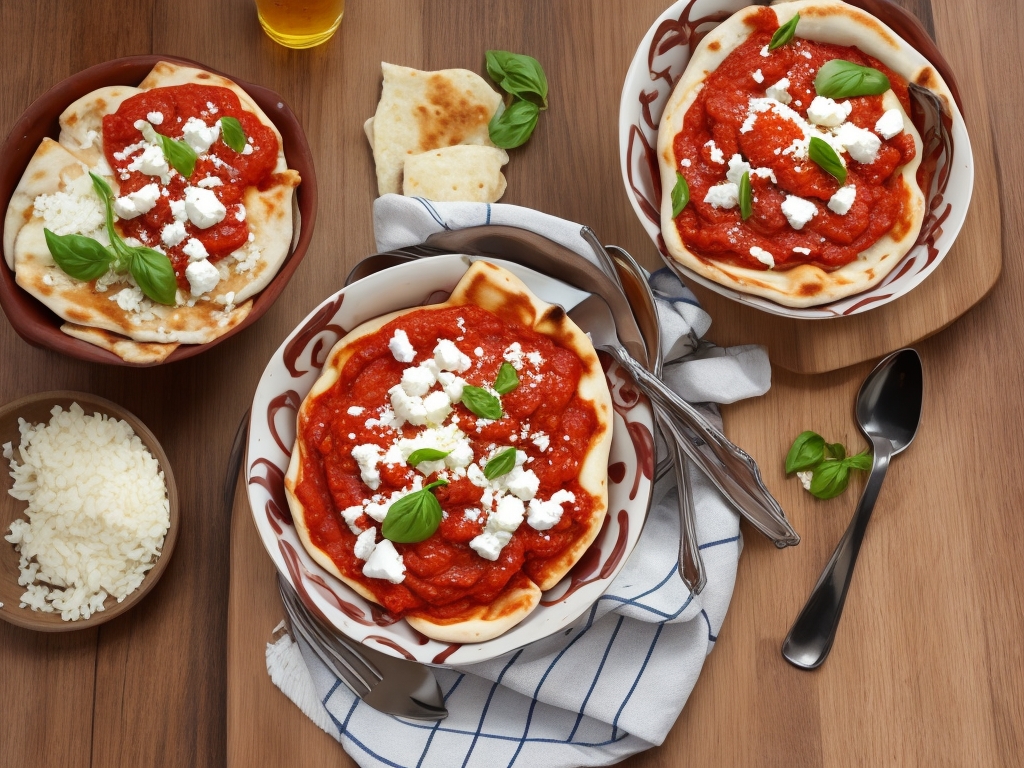Neapolitan pizza, known for its thin, soft crust and flavorful toppings, is a beloved classic enjoyed worldwide. Originating from Naples, Italy, this style of pizza emphasizes high-quality ingredients and straightforward preparation techniques. At the heart of a great Neapolitan pizza is its sauce—a vibrant blend of tomatoes, salt, and a few select herbs. The sauce is not just a topping but a key player that defines the taste and authenticity of the pizza.
Using the highest quality ingredients ensures that the sauce is rich and flavorful, making each bite of pizza a delightful experience.
You can also try creamy garlic sauce for pizza if you are pizza sauce lover you would enjoy it.
Choosing the Right Tomatoes
San Marzano tomatoes are renowned for their sweet flavor and low acidity, making them ideal for Neapolitan pizza sauce recipe. These tomatoes grow in the volcanic soil of Italy’s Sarno River valley and are known for their bright red color and elongated shape. When shopping, look for the DOP (Denominazione di Origine Protetta) label, which guarantees authenticity. If San Marzano tomatoes are unavailable, choose other high-quality canned plum tomatoes as an alternative.
Making the Sauce
- Combine Ingredients: In a bowl, combine the crushed tomatoes with salt, olive oil, and basil leaves (if using).
- Mix Thoroughly: Ensure all ingredients are well mixed. The sauce should be slightly textured with small chunks.
- Taste and Adjust: Taste the sauce and adjust the salt as needed.
Using the freshest ingredients possible is key to enhancing the flavor of your Neapolitan pizza sauce. Fresh basil and high-quality olive oil can elevate the taste, but even without these, the simplicity of tomatoes and salt shines through. Balancing the flavors is crucial—too much salt or basil can overpower the tomatoes, while too little can result in a bland sauce.
Adjusting the Sauce to Taste
To customize your Neapolitan Pizza Sauce recipe
- Salt: Add a pinch more if the sauce needs extra seasoning.
- Acidity: If the sauce is too acidic, a small amount of sugar can balance it out.
- Spice: For a bit of heat, add a pinch of red pepper flakes.
Store your Neapolitan pizza sauce in an airtight container in the fridge (for one week). For longer storage, freeze the sauce in portion-sized containers or freezer bags for up to three months. When reheating, bring the sauce to room temperature or warm it gently to preserve its fresh flavor.
Neapolitan pizza sauce complements traditional Margherita pizza, adorned with fresh mozzarella, basil, and a hint of olive oil. It’s also great for other simple pizzas, where the sauce can shine as the main flavor component. Additionally, you can use this sauce in pasta dishes, as a dipping sauce, or even in soups and stews.
Common Mistakes to Avoid
- Overcomplicating the Recipe: Keep it simple. The beauty of Neapolitan sauce is its simplicity.
- Incorrect Tomato Choice: Using inferior tomatoes can lead to a bland sauce; choose San Marzano or high-quality plum tomatoes instead.
- Mistakes in Seasoning: Over-salting or adding too many herbs can overwhelm the delicate tomato flavor.

Neapolitan Pizza Sauce Recipe
Ingredients
Notes
Preparing the Ingredients
Neapolitan pizza sauce is a no-cook sauce, which preserves the fresh, vibrant flavor of the tomatoes. Here’s how to prepare it:- Drain the Tomatoes: Pour the canned tomatoes into a strainer to remove excess liquid.
- Crush the Tomatoes: Use your hands or a blender to crush the tomatoes into a chunky consistency.
- Mix in Salt: Add sea salt and stir thoroughly.
- Optional Additions: If using, stir in the extra virgin olive oil and tear the basil leaves into small pieces to mix in.
Health Considerations
Neapolitan pizza sauce is naturally low-calorie and sugar-free. For a healthier version, ensure you use organic tomatoes and minimal salt. The sauce is also suitable for various dietary modifications, including vegan and gluten-free diets.
Variations of the Recipe
- Spicy Version: Add a pinch of red pepper flakes or a dash of hot sauce to the sauce.
- Herb-Infused Version: Add a mix of finely chopped fresh herbs like oregano and thyme for a more herbaceous flavor.
- Adding Different Vegetables: Finely chopped vegetables like onions or bell peppers can add extra depth and nutrition to the sauce.
FAQs
How long can the sauce be stored? The sauce can be refrigerated for up to a week or frozen for up to three months.
Can the sauce be used for other dishes? Yes, this sauce is versatile and can be used in pasta dishes, as a dipping sauce, or even in soups.
Can I use fresh tomatoes instead of canned? Yes, however, it will involve more preparation. Blanch, peel, and crush the tomatoes before using them in the recipe.
What should I do if my sauce is too acidic? Add a pinch of sugar or a bit of baking soda to balance out the acidity.
Is it necessary to use olive oil and basil? No, these are optional ingredients that add extra flavor but are not essential to the recipe.
Can I use this sauce for deep-dish pizza? While it’s designed for Neapolitan pizza, this sauce can also work for deep-dish pizza, though you might want a thicker consistency.
How can I thicken my pizza sauce? Let it drain longer to remove more
Crafting an authentic Neapolitan pizza sauce recipe is all about quality ingredients and simplicity. With just a few steps, you can create a delicious, fresh sauce that will make your homemade pizza taste like it came straight from Naples. Give it a try, and enjoy the rich, vibrant flavors!




